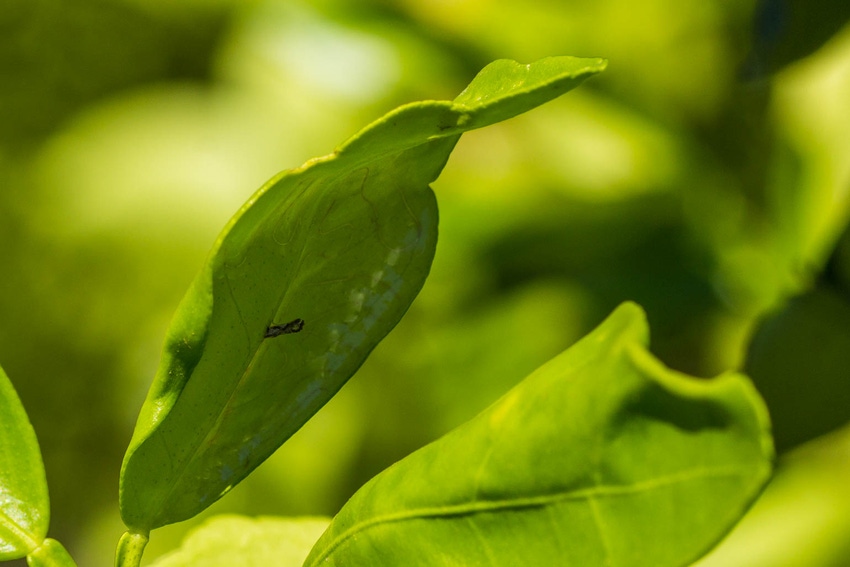
The California Department of Food and Agriculture found a live Asian citrus psyllid in Los Angeles County with the bacteria that causes Huanglongbing (HLB), otherwise known as citrus greening disease.
The infected psyllid was discovered in a part of the county where an existing HLB quarantine exists.
The find marks an important discovery in the state’s effort to sample for the deadly citrus disease. Last summer state officials discovered nearly a dozen citrus trees with the fatal disease. All of those trees were located in residential neighborhoods.
State officials continue to collect live psyllids and plant samples that are then tested for the bacterial disease. Officials are focusing on known “hot spots” in regions of southern California where plant material tests are coming back inconclusive for the disease.
Studies by a U.S. Department of Agriculture researcher in Texas over the past several years found psyllid samples collected there began to show a correlation between early inconclusive test results and later positive results for the disease-causing bacteria in psyllids captured there.
Those test results preceded later positive findings of the disease in south Texas citrus groves.
The same trends are being seen in southern California as regulatory test results are trending in a direction to suggest the bacterium that causes HLB is spreading among the pest population responsible for vectoring the disease.
The disease worries California citrus officials because there is no cure for it once a tree is infected. Symptoms of the disease include bitter and misshapen fruit, which would have a significant impact on the state’s fresh-fruit market.
The challenge for growers trying to stay ahead of the disease in California is the latency period between when a tree can be infected with the disease and when visible and regulatory symptoms appear. That latency period allows psyllids to feed on infected trees and spread the disease to non-infected trees.
California mandates that HLB-diseased trees be removed in an effort to control spread of the disease and perhaps buy time for researchers to find a cure for the disease or breed new plant material that is resistant to or tolerant of the disease.
For the latest on western agriculture, please check out Western Farm Press Daily and receive the latest news right to your inbox.
About the Author(s)
You May Also Like






